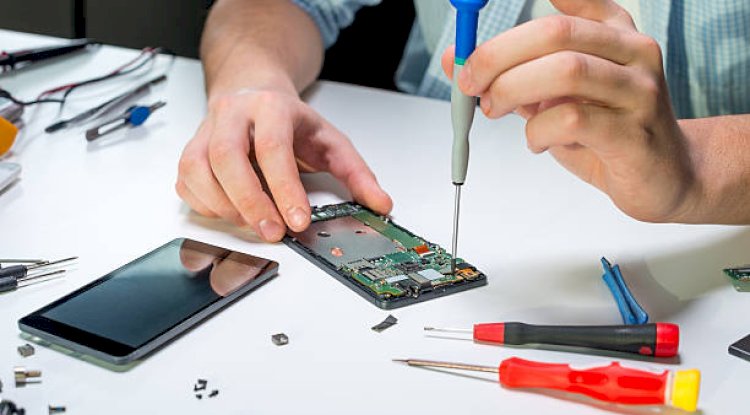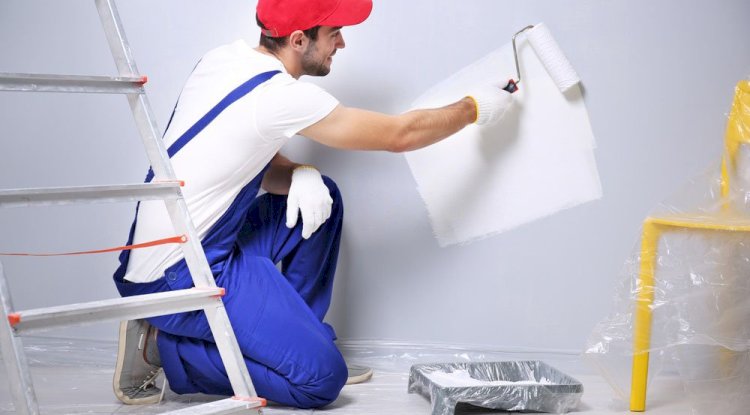How to Select Card Edge Connectors for Your Projects?
Card edge connectors are essential components in electronic projects that facilitate the connection between printed circuit boards (PCBs) and peripheral devices. These connectors ensure reliable and secure interfaces for transmitting electrical signals between the PCB and external components.
In this comprehensive guide, we will delve into the world of card edge connectors. We will explore what card edge connectors are, discuss their types, functions, advantages, and drawbacks, and provide a detailed buying guide to help you choose the right connector for your specific project requirements. So, let’s have a look at it:
What is a Card Edge Connector?
A card edge connector is an electrical connector designed to be mounted on the edge of a PCB. It features a series of conductive contacts or pins that make direct electrical contact with the conductive traces on the edge of the PCB. This arrangement allows for reliable and efficient transmission of signals and power between the PCB and external devices.
Types of Card Edge Connectors:
Card edge connectors can be categorized into two primary types: standard card edge connectors and specialized card edge connectors. Standard card edge connectors are widely used and offer compatibility with a variety of PCBs and peripheral devices. They feature parallel contacts and come in different sizes and pin configurations to suit various connection needs. On the other hand, specialized card edge connectors are designed for specific applications or industries. They include high-speed connectors for fast data transmission, power connectors for high-power applications, coaxial connectors for RF and high-frequency applications, and miniature connectors for space-constrained devices. By understanding the specific requirements of your project, you can choose the appropriate type of card edge connector to ensure reliable and efficient connectivity.
Functions of Card Edge Connectors:
1. Signal Transmission:
One of the primary functions of card edge connectors is to ensure the efficient transmission of electrical signals between the PCB and peripheral devices. They provide a reliable pathway for analog and digital signals to flow, enabling communication between different components of the electronic system.
2. Power Supply:
Card edge connectors also serve as a means of delivering power to various components on the PCB. They provide power connections that allow for the distribution of electrical power to different parts of the system, ensuring proper functioning and operation.
3. Mechanical Support:
In addition to their electrical functions, card edge connectors offer mechanical support to the PCB and peripheral devices. They secure the PCB and external components together, providing stability and preventing accidental disconnections or damage.
Advantages of Card Edge Connectors:
1. High Reliability:
Card edge connectors are known for their high reliability. They are designed to provide a robust and dependable connection, minimizing signal loss and maintaining signal integrity. This reliability is crucial in applications where uninterrupted and accurate signal transmission is essential.
2. Easy Assembly:
These connectors are relatively simple to assemble, reducing production time and costs. Their design allows for straightforward installation onto the edge of the PCB, making them a convenient choice for manufacturers and hobbyists alike.
3. Space-Saving:
These edge connectors have a compact design, making them ideal for applications with limited space. Their edge-mounted configuration eliminates the need for additional space on the PCB, allowing for more efficient use of the available area.
4. Versatility:
Card edge connectors are versatile and can accommodate various types of signals and power requirements. They can handle both low-frequency and high-frequency signals, as well as different voltage and current levels, making them suitable for a wide range of applications.
Drawbacks of Card Edge Connectors:
1. Limited Mating Cycles:
Some card edge connectors may have a limited number of mating cycles before their performance starts to degrade. Mating cycles refer to the process of connecting and disconnecting the connector from the PCB or peripheral device.
It is crucial to consider the expected usage and durability requirements of your project when selecting a connector to ensure it can withstand the anticipated number of mating cycles.
2. Vulnerability to Contamination:
These connectors have exposed contacts, which can make them susceptible to dust, debris, and moisture. These contaminants can negatively impact the performance of the connector and the overall reliability of the system. Proper protection, regular maintenance, and environmental considerations are important factors to address to mitigate these risks.
Buying Guide for Card Edge Connectors:
1. Consider the Application:
Identify the specific requirements of your project, including the number of contacts needed, signal types (analog, digital), and power requirements. Understanding your application's needs will help you choose a connector that can handle the necessary signals and power levels.
2. Connector Compatibility:
Ensure that the card edge connector is compatible with the PCB's edge thickness and the peripheral devices' requirements. Consider factors such as pin count, pitch, and mounting options to ensure a proper fit.
3. Durability:
Evaluate the connector's durability based on the required number of mating cycles and environmental conditions. If your project involves frequent insertions and removals or is exposed to harsh environments, opt for connectors specifically designed for such demanding conditions.
4. Signal Integrity:
Consider the connector's impedance and contact design to ensure proper signal transmission without degradation. Connectors with well-designed contacts and shielding features can help maintain signal integrity, especially in high-frequency or sensitive applications.
5. EMI/RFI Shielding:
If your application requires protection against electromagnetic interference (EMI) or radio frequency interference (RFI), choose a card edge connector that provides adequate shielding options. Shielded connectors minimize the risk of signal degradation due to external electromagnetic disturbances.
6. Cost Considerations:
Compare prices from different suppliers while considering the desired quality and reliability. While cost is an important factor, it is crucial to strike a balance between affordability and the performance requirements of your project.
Conclusion
Selecting the right card edge connector is crucial for ensuring reliable signal transmission and robust electrical connections in your projects. Consider the specific requirements of your application, and evaluate connector compatibility, durability, signal integrity, and cost factors. By following this comprehensive guide, you can make an informed decision and choose the most suitable card edge connector for your projects.
Share
What's Your Reaction?
 Like
1
Like
1
 Dislike
1
Dislike
1
 Love
1
Love
1
 Funny
1
Funny
1
 Angry
1
Angry
1
 Sad
1
Sad
1
 Wow
1
Wow
1


















1
1
1